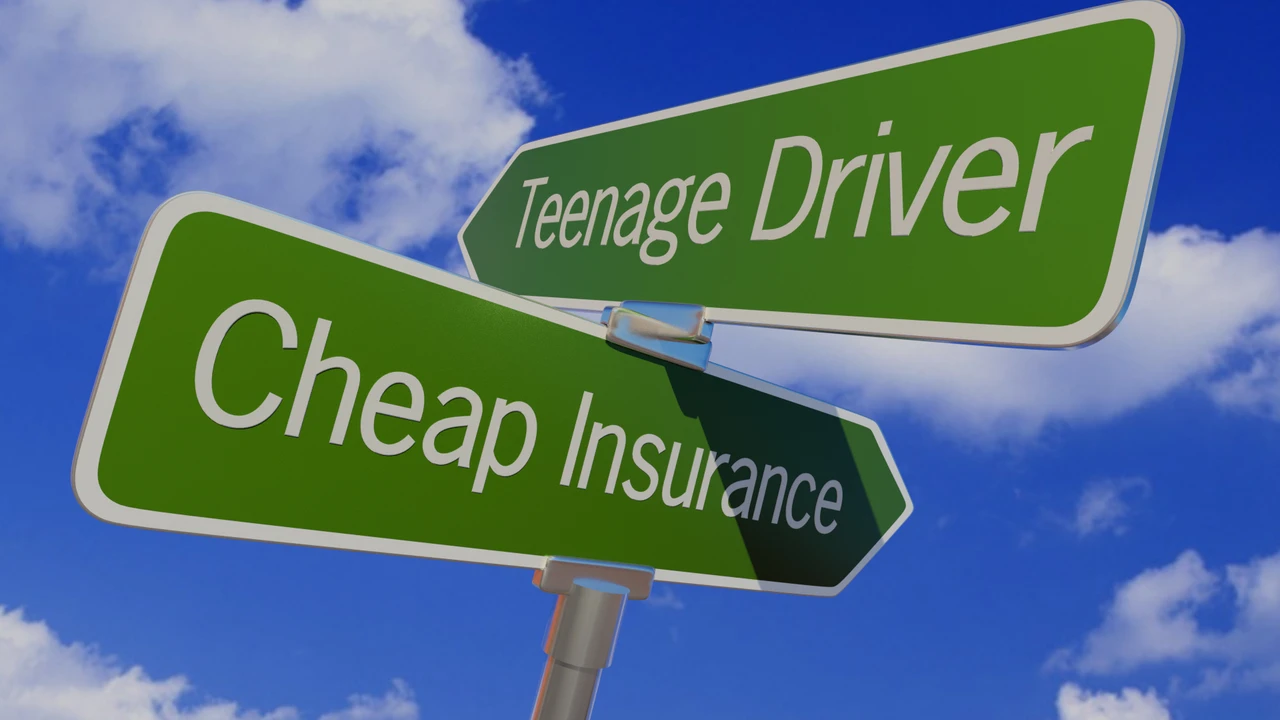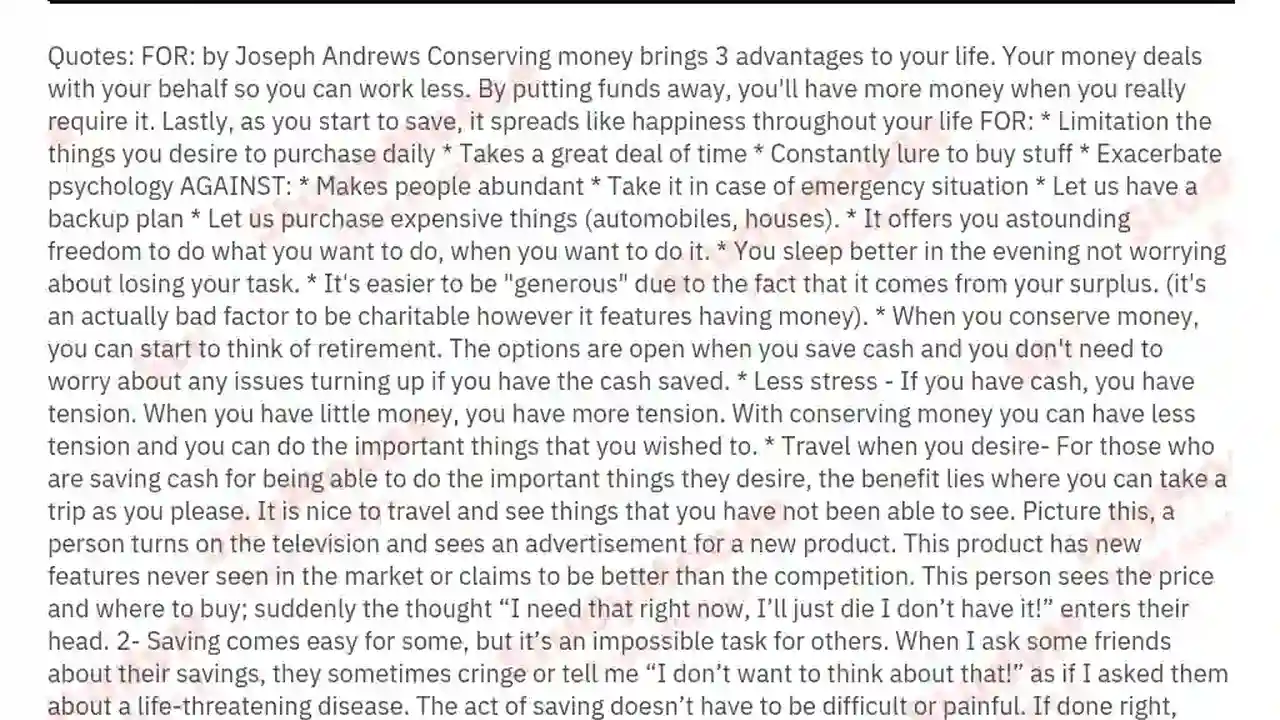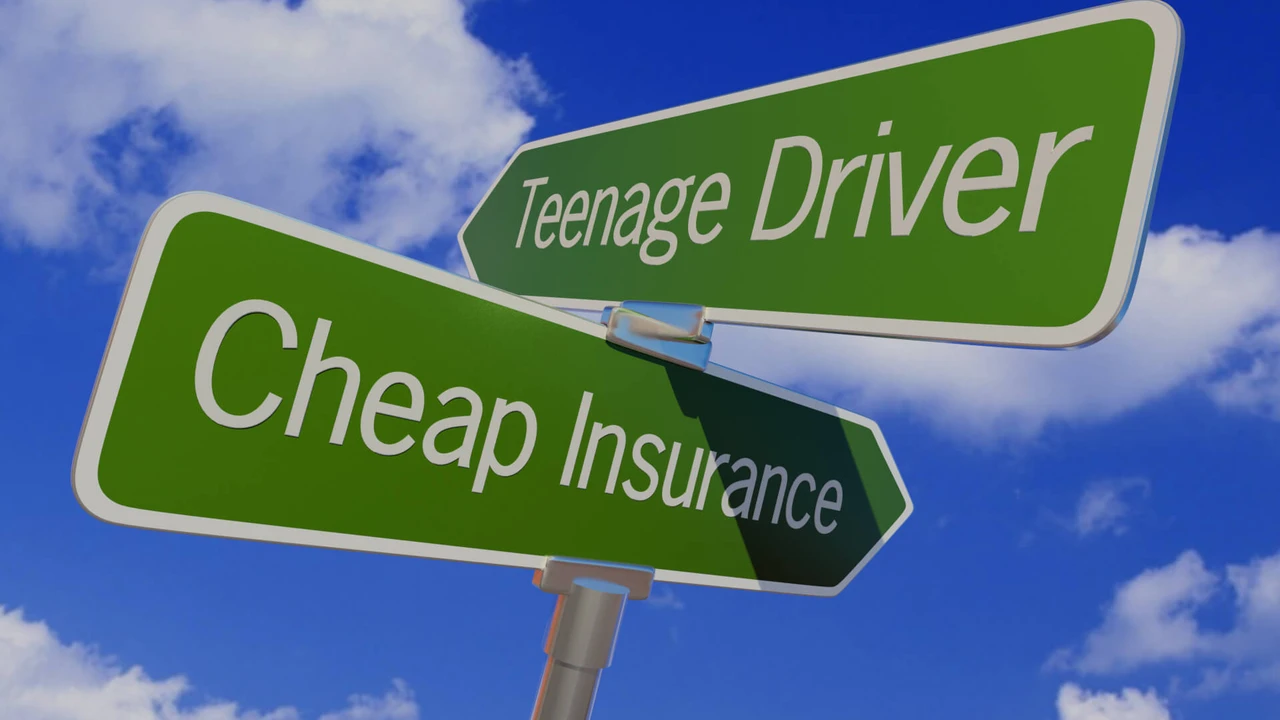Teen Driver Insurance in Florida: Navigating the Costs

Understanding Teen Driver Insurance Rates in Florida The Sunshine State
Okay, so you're trying to figure out teen driver insurance in Florida? Let's be real, it's not exactly a walk on the beach (pun intended!). Florida, with its sunny skies and bustling roads, can be a pricey place when it comes to insuring young drivers. But don't panic! We're going to break down why it's expensive, what factors influence those premiums, and how you can potentially save some serious cash. Think of this as your friendly guide to navigating the insurance jungle.
Why is Teen Driver Insurance So Expensive in Florida Understanding the Risk Factors
Let's face it, insurance companies see teen drivers as a higher risk. Why? Well, statistically, young drivers are more likely to be involved in accidents. They're less experienced, sometimes a little too eager behind the wheel, and prone to distractions (hello, smartphones!). Florida's unique factors also play a role. The state has a high population density, lots of tourists (who might not know the roads as well), and a fair share of unpredictable weather, all of which contribute to increased accident rates and, therefore, higher insurance premiums for everyone, especially teens.
Specifically, here are some key risk factors that drive up teen driver insurance costs in Florida:
- Lack of Experience: This is the big one. New drivers simply haven't had the time to develop the instincts and skills that come with years of driving.
- Distracted Driving: Teens are notorious for being glued to their phones. Texting, social media, and even adjusting the radio can lead to accidents. Florida has laws against texting while driving, but it's still a major problem.
- Speeding: The thrill of the open road can be tempting, but speeding is a major cause of accidents, especially among young drivers.
- Driving Under the Influence: Even a small amount of alcohol or drugs can impair judgment and reaction time, making driving incredibly dangerous. Florida has a zero-tolerance policy for underage drinking and driving.
- Nighttime Driving: Visibility is reduced at night, and driver fatigue can be a factor, increasing the risk of accidents.
Key Factors Influencing Florida Teen Driver Insurance Premiums
So, what exactly determines how much you'll pay for teen driver insurance in Florida? Here's a breakdown of the key factors:
- Age and Gender: Younger drivers and male drivers typically pay more than older drivers and female drivers. This is because statistics show that young males are more likely to be involved in accidents.
- Driving Record: A clean driving record is essential. Tickets, accidents, and other violations will significantly increase your premiums.
- Type of Car: The make and model of the car you drive also matters. Sports cars and other high-performance vehicles are generally more expensive to insure than family sedans. Also, newer cars with advanced safety features may qualify for discounts.
- Coverage Levels: The amount of coverage you choose will affect your premiums. Liability coverage is usually the minimum required by law, but you may want to consider higher limits and additional coverage options like collision and comprehensive.
- Location: Where you live in Florida can also impact your insurance rates. Urban areas with higher traffic density and accident rates tend to have higher premiums than rural areas.
- Insurance Company: Different insurance companies have different underwriting guidelines and pricing models. It's important to shop around and compare quotes from multiple companies.
- Discounts: Many insurance companies offer discounts for things like good grades, driver's education courses, and having multiple policies with the same company.
Strategies for Saving Money on Teen Driver Insurance in Florida
Okay, so now that you know why teen driver insurance is expensive, let's talk about how you can save some money. Here are some proven strategies:
- Shop Around: This is the most important thing you can do. Get quotes from multiple insurance companies and compare them carefully. Don't just focus on the price; also consider the coverage levels and the company's reputation for customer service.
- Take a Driver's Education Course: Many insurance companies offer discounts for completing a driver's education course. This can not only save you money but also make you a safer driver.
- Maintain Good Grades: Many insurance companies offer "good student" discounts for students who maintain a B average or higher.
- Increase Your Deductible: A deductible is the amount you pay out of pocket before your insurance coverage kicks in. Increasing your deductible can lower your premiums, but make sure you can afford to pay the higher deductible if you have an accident.
- Drive a Safe Car: Avoid sports cars and other high-performance vehicles. Choose a car with good safety ratings and features like anti-lock brakes and airbags.
- Add Your Teen to Your Existing Policy: Adding your teen to your existing family policy is usually cheaper than having them get their own policy.
- Consider Usage-Based Insurance: Some insurance companies offer usage-based insurance programs that track your driving habits and adjust your premiums accordingly. If you're a safe driver, you can save money with this type of program.
- Avoid Tickets and Accidents: This one's obvious, but it's worth repeating. A clean driving record is the best way to keep your insurance rates low.
Specific Insurance Products and Recommendations for Florida Teen Drivers
Now, let's get down to some specific insurance products and recommendations. Keep in mind that this is just a general overview, and you should always consult with an insurance professional to determine the best coverage for your individual needs.
Liability Coverage: The Foundation of Your Policy
Liability coverage is the minimum required by law in Florida. It protects you if you're at fault in an accident and cause injury or property damage to someone else. Florida's minimum liability coverage requirements are relatively low, so you might want to consider higher limits to protect yourself from potential lawsuits.
* Bodily Injury Liability: Covers medical expenses, lost wages, and other damages for people injured in an accident you caused. * Property Damage Liability: Covers damage to other people's property, such as their car or house, in an accident you caused.Collision Coverage: Protecting Your Vehicle
Collision coverage pays for damage to your car if you're involved in an accident, regardless of who's at fault. This is a good option if you want to protect your investment in your vehicle.
* Usage Scenario: Let's say your teen backs out of the driveway and hits a parked car. Collision coverage would pay to repair the damage to your car, minus your deductible. * Product Recommendation: Most major insurance companies offer collision coverage. Compare deductibles and premiums to find the best value.Comprehensive Coverage: Protecting Against Other Risks
Comprehensive coverage protects your car from damage that's not caused by an accident, such as theft, vandalism, fire, hail, or flood. This is a good option if you live in an area with a high risk of these types of events.
* Usage Scenario: Imagine your teen's car is parked on the street and someone breaks into it and steals the radio. Comprehensive coverage would pay to replace the radio, minus your deductible. * Product Recommendation: Again, most major insurance companies offer comprehensive coverage. Consider your risk factors and choose a deductible that you're comfortable with.Uninsured/Underinsured Motorist Coverage: Protecting Yourself from Uninsured Drivers
Uninsured/Underinsured Motorist (UM/UIM) coverage protects you if you're involved in an accident with a driver who doesn't have insurance or doesn't have enough insurance to cover your damages. This is especially important in Florida, which has a high percentage of uninsured drivers.
* Usage Scenario: Let's say your teen is hit by an uninsured driver and suffers serious injuries. UM/UIM coverage would pay for their medical expenses, lost wages, and other damages, up to the limits of your policy. * Product Recommendation: This coverage is highly recommended in Florida. Choose limits that are high enough to protect you from significant financial losses.Specific Product Comparisons: A Quick Look
Here's a brief comparison of some popular insurance companies and their offerings for teen drivers in Florida. Keep in mind that prices vary greatly depending on individual circumstances.
* State Farm: Known for its strong customer service and wide range of coverage options. They often offer discounts for good students and driver's education courses. Generally in the mid-price range. * GEICO: Known for its competitive prices and easy-to-use online tools. They often offer discounts for military members and government employees. Often one of the cheaper options. * Progressive: Known for its usage-based insurance program, Snapshot, which can save you money if you're a safe driver. Prices can vary widely depending on your driving habits. * Allstate: Offers a variety of coverage options and discounts, including a "safe driving bonus" for drivers who avoid accidents. Typically a bit more expensive than GEICO or Progressive.Pricing Examples (Illustrative Only - Actual Prices Will Vary):
* Liability Only (Minimum Required): Could range from $800 - $1500 per year, but offers minimal protection. * Full Coverage (Including Collision and Comprehensive): Could range from $2500 - $5000+ per year, depending on factors listed above. * Usage-Based Insurance (Progressive Snapshot): Potential savings could be 10-30% or more, depending on driving habits.Important Note: These are just examples, and the actual cost of insurance will depend on your individual circumstances. It's essential to get quotes from multiple companies and compare them carefully.
Tips for Talking to Your Teen About Safe Driving
Insurance is important, but the most important thing is to keep your teen safe on the road. Here are some tips for talking to your teen about safe driving:
- Set Clear Expectations: Establish clear rules and consequences for unsafe driving behavior.
- Lead by Example: Be a safe driver yourself. Your teen is watching you and learning from your behavior.
- Talk About the Risks: Explain the dangers of distracted driving, speeding, and driving under the influence.
- Practice Makes Perfect: Provide plenty of supervised driving practice in a variety of conditions.
- Use Technology: Consider using apps that can monitor your teen's driving habits and provide feedback.
- Stay Involved: Continue to talk to your teen about safe driving even after they get their license.
Navigating teen driver insurance in Florida can be challenging, but with a little research and planning, you can find affordable coverage that protects your family and keeps your teen safe on the road. Remember to shop around, take advantage of discounts, and talk to your teen about safe driving habits. Good luck!
:max_bytes(150000):strip_icc()/277019-baked-pork-chops-with-cream-of-mushroom-soup-DDMFS-beauty-4x3-BG-7505-5762b731cf30447d9cbbbbbf387beafa.jpg)






